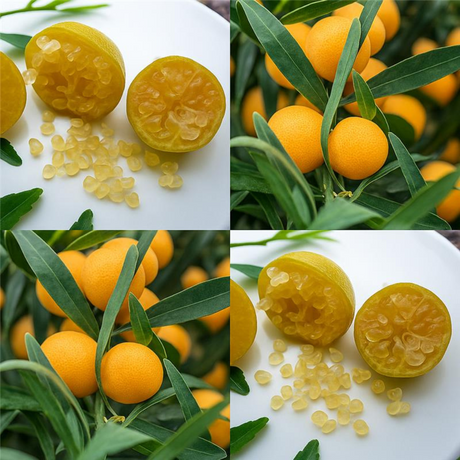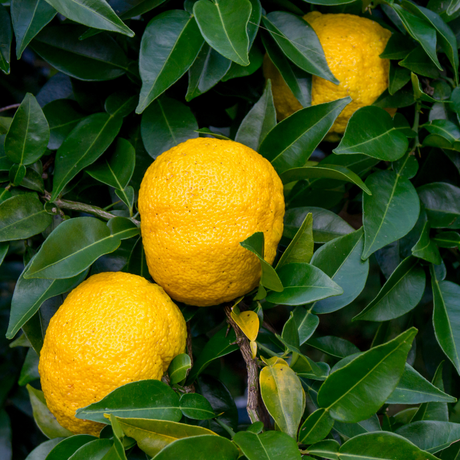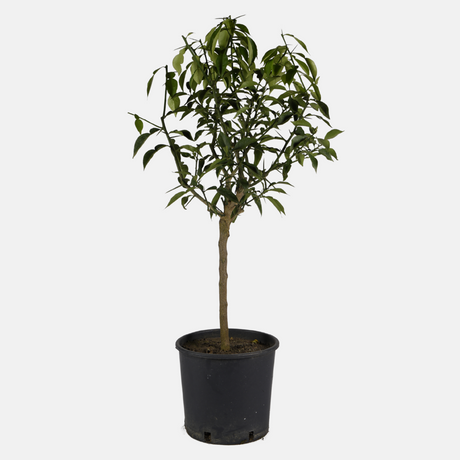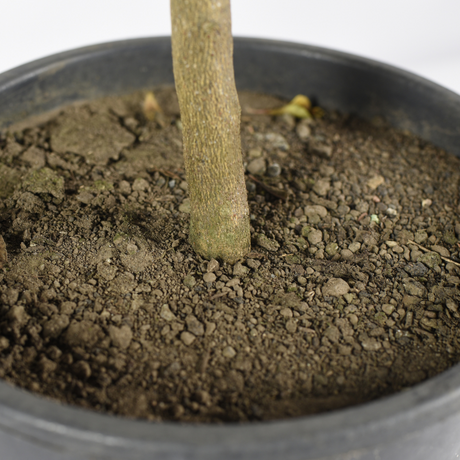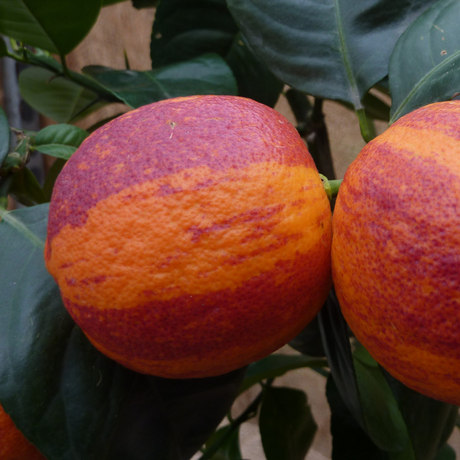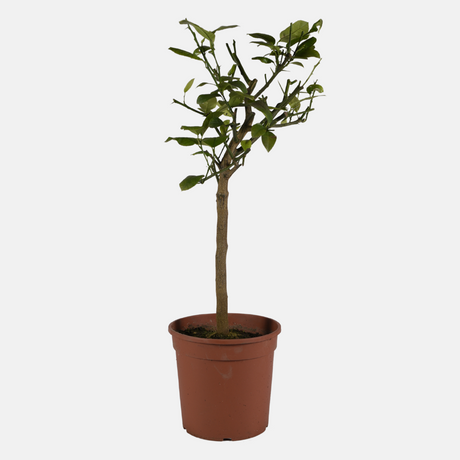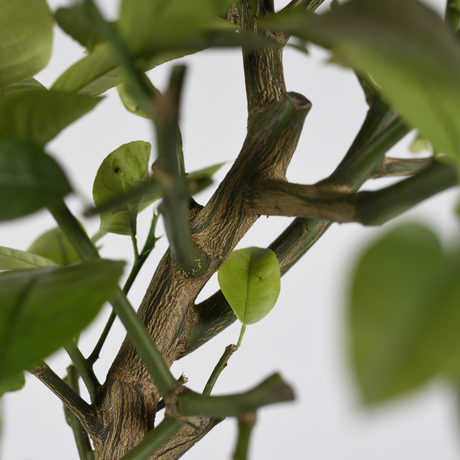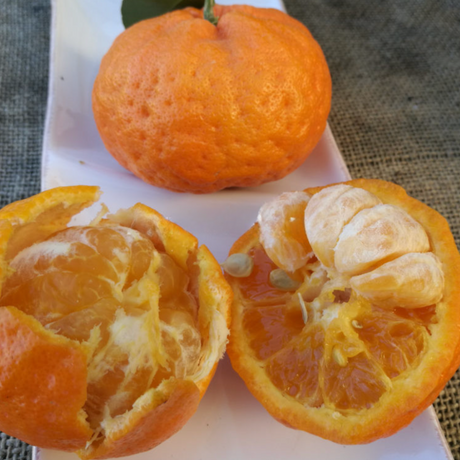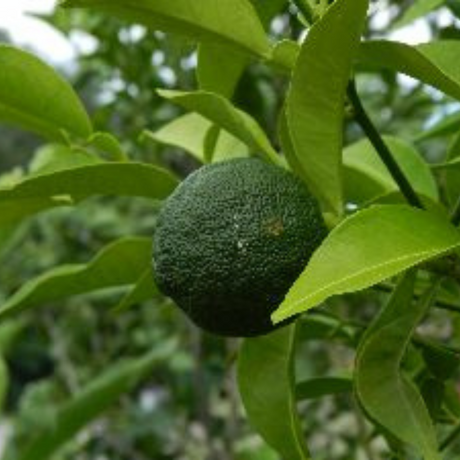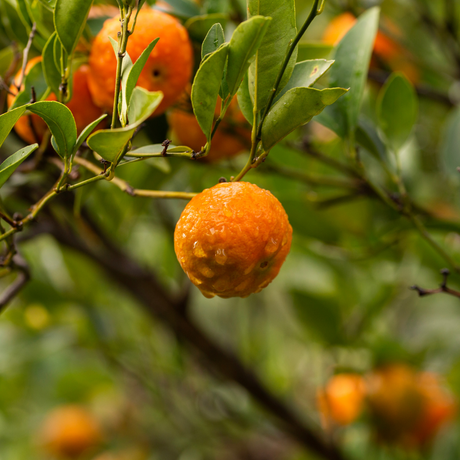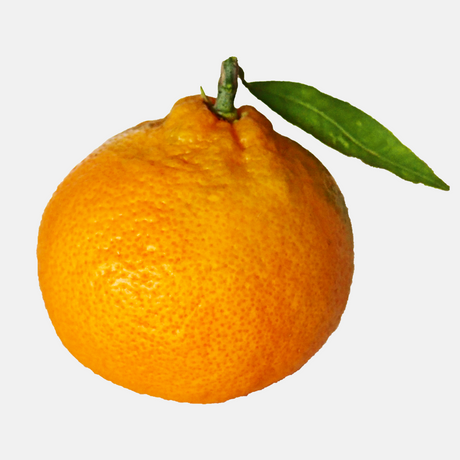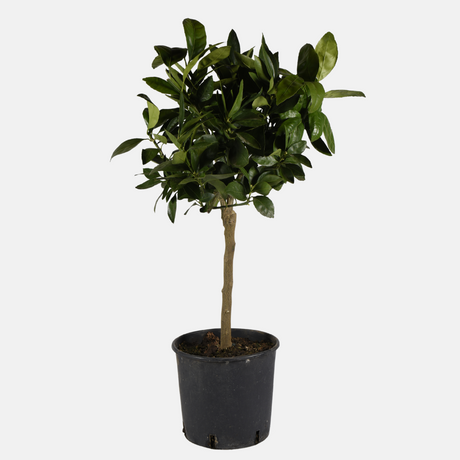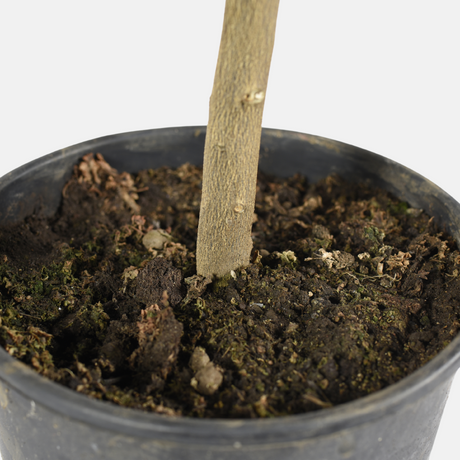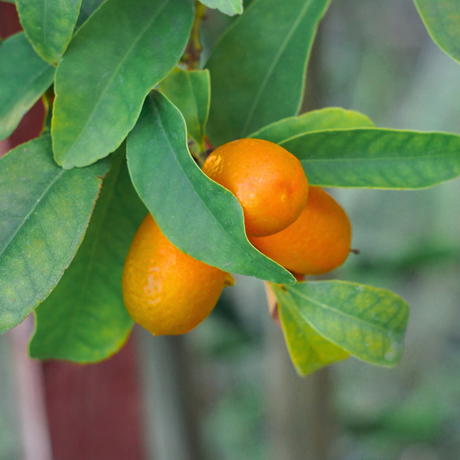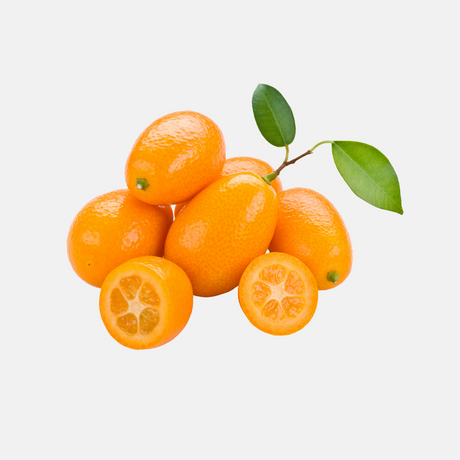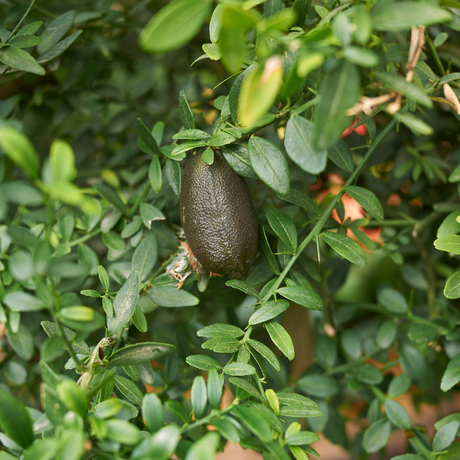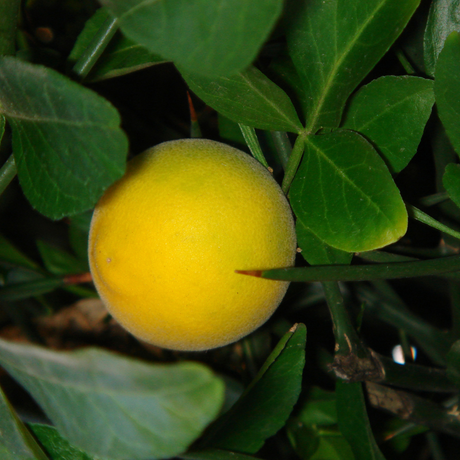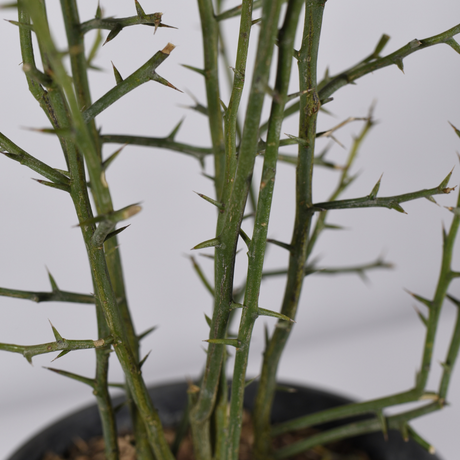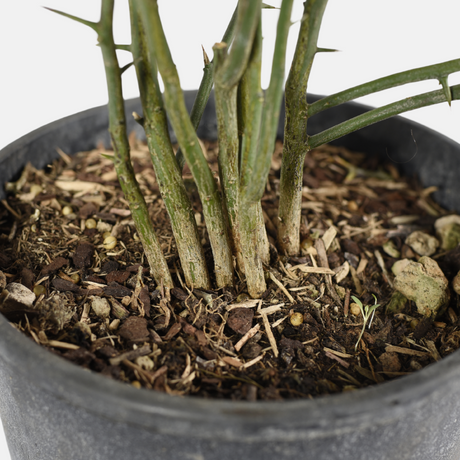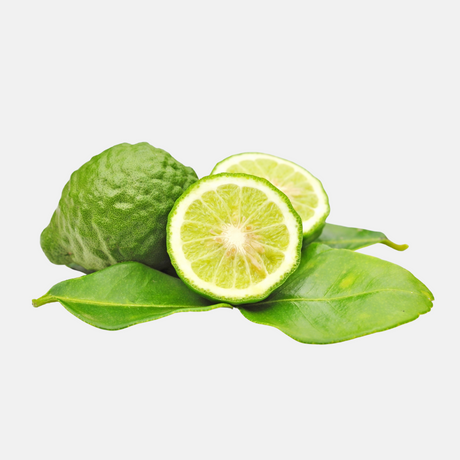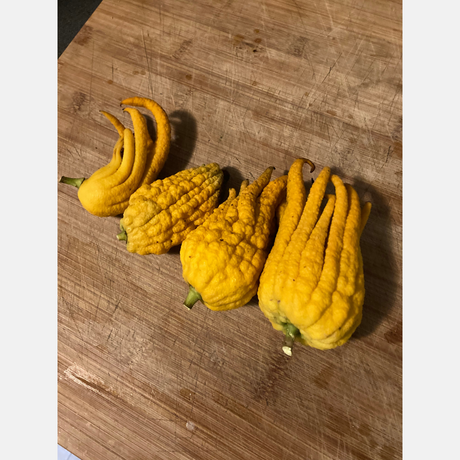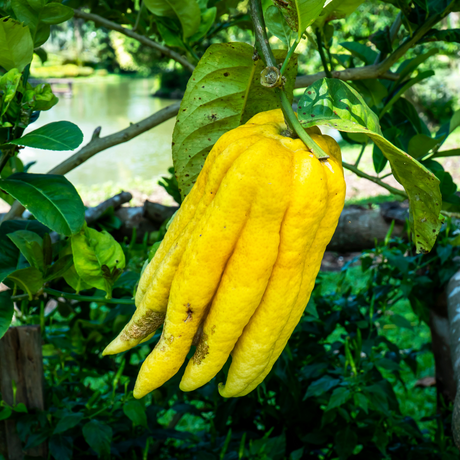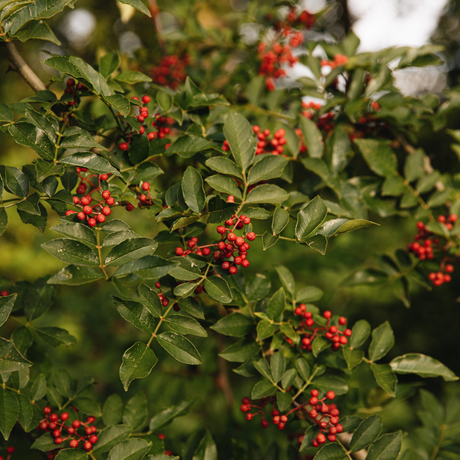Citrus tree orange or caviar lime
€32,68Unit price /Unavailable- Available from April 2026Sold out€49,54Unit price /Unavailable
- Available from April 2026Sold out
Arcobal Orange - Double Blood Orange x Meyer Lemon
€49,54Unit price /Unavailable Citrus tree mandarin 'Changsha'
€32,68Unit price /Unavailable- Sold out€32,68Unit price /Unavailable
- Available from April 2026Sold out
Satsuma mandarin - Citrus unshiu
€49,54Unit price /Unavailable - Available from April 2026Sold out€49,54Unit price /Unavailable
- Sold out€32,68Unit price /Unavailable
- Available from April 2026Sold out
Finger Lime - Citrus australasica
€49,54Unit price /Unavailable - Available from April 2026Sold out
Wild lemon - Poncirus trifoliata
€19,79Unit price /Unavailable - Available from April 2026Sold out€49,54Unit price /Unavailable
- Available from April 2026Sold out
Main de Bouddha - Citrus medica
€49,54Unit price /Unavailable
Citrus plants in pictures
In this video, Ruud shows you how to pot, water, and care for citrus plants.

Also read our growing guide on choosing and planting fruit trees.
You may also like
View allBuying a lemon tree: Mediterranean charm in your garden
Introduction to the Lemon Tree
A lemon tree in your garden? You can't miss it – a Citrus limon instantly brings that wonderful Mediterranean atmosphere to your own little spot. With its glossy leaves, the delightful scent of the flowers, and of course, those fresh lemons you can soon pick, it's a feast for all your senses. We see it time and time again: a well-cared-for lemon tree will give you years of pleasure and a delicious harvest for the kitchen. The secret lies in regular pruning – just a quick pruning with your pruning shears to maintain that beautiful shape and ensure sufficient light. When the colder months arrive, simply move your lemon tree to a sheltered spot; it's that simple. With a little attention and care, you'll get so much in return: beautiful flowers, juicy lemons, and that wonderful scent wafting through your garden. It really brings a touch of that warm, Southern European atmosphere to your own backyard – and that just feels good.
Why choose a citrus plant for a Mediterranean atmosphere?
A citrus plant, such as a lemon tree or a mandarin orange, is a real eye-catcher. But they're more than just decorative. These plants are productive, relatively easy to care for, and offer a bountiful harvest. Moreover, they fit perfectly into the rhythm of a life where you want to be mindful of your surroundings, nutrition, and relaxation. Citrus plants adapt well to the Dutch climate, provided they receive the right care.
Citrus trees are evergreen and retain their leaves year-round. There are several varieties suitable for gardens and patios. They often bloom several times a year and release a delightful fragrance. These fragrant flowers attract bees, contributing to biodiversity in your garden. This makes them ideal for patios, balconies, or conservatories. Plukkers offers a wide range of products, including lemon trees and other Mediterranean plants. Lemon trees are available in various sizes, so there's always a suitable tree for every garden or balcony. And with a little extra care, they can even be planted in the ground, as a lemon plant outdoors in the summer. With the right care, your plant will remain healthy and productive.
Popular types of citrus plants
At Plukkers, you'll find a wide selection of citrus plants. These are our favorites:
- Yuzu - Citrus x junos : a self-pollinating, winter-hardy citrus tree that can withstand cold down to -10°C.
- Arcobal orange - Double Blood Orange x Meyer Lemon : a rare and striking orange tree with beautifully colored fruits. Hardy down to -12°C.
- Satsuma mandarin - Citrus unshiu : one of the most beloved mandarin varieties thanks to its sweet taste, juicy flesh and easy peeling.
These lemon trees are suitable for both indoor and outdoor use in pots. In winter, you can keep them indoors in a bright spot, and once it's warm enough, move them outside. Citrus plants also thrive in a planter, making it easy to move them or replant or repot them when needed.
Plants and cultivation
Want to plant a lemon tree that will truly thrive? Start by choosing a good spot: somewhere with plenty of sunshine and where your tree won't be shaking in the wind all day. Whether you choose a pot on your patio or simply plant it in the ground, make sure the soil is airy and allows for good drainage. Add some hydroponic clay to the bottom of your pot or planting hole—this will keep your roots dry and cozy instead of soggy and rotten. Give your tree regular watering, especially when it's nice and warm, but don't overdo it—no one likes wet feet. A little extra fertilizer during the growing season works wonders for vigorous growth and a bountiful harvest. Keep an eye on your leaves and branches, as yellow leaves or dead twigs can often tell you exactly what's wrong. With a little attention and care, your lemon tree will grow into a healthy, productive tree that will bring a Mediterranean atmosphere to your garden or patio for years to come.
How do you care for a lemon tree and when should you prune a lemon tree?
A lemon tree doesn't require green fingers, but it does require regularity and extra attention, especially during winter and extreme weather conditions. Lemon trees require extra care in our climate, especially during winter, as they are sensitive to frost and drying out. Therefore, protect the tree well, for example with fleece, and pay attention to the weather conditions.
- Location: Place your citrus plant in a sunny, sheltered spot. The more sun, the more fruit.
- Water: Water regularly, but avoid wet feet. A pot with drainage holes is essential. Lemon trees need water depending on the weather; a good watering schedule is important to prevent them from drying out, especially during the winter.
- Feeding: Feed citrus fertilizer every two weeks from March to September.
- Pruning: Remove dead or diseased branches and keep the shape compact. Prune preferably in spring or early spring to stimulate growth.
- Overwintering: When temperatures drop below 5°C, bring your lemon tree indoors. Choose a bright, cool space. During autumn, when temperatures drop, it's important to overwinter your lemon tree in a bright, cool spot. The tree needs extra care during the winter; protect it from frost, for example, with fleece.
The fruit of the lemon tree is edible (lemon tree edible). Harvest lemons only when they are fully ripe; this ensures the best flavor and nutritional value. After harvesting, the fruit can continue to ripen. It's best to harvest lemons when they are ripe for optimal flavor and nutritional value.
This care will keep your lemon tree healthy and productive. It's important to protect the tree from drying out, especially during winter and when overwintering.
Lemon plant outside or inside: choose a sheltered location?
In summer, your lemon tree is perfect on the patio or balcony. Choose a sunny spot out of the wind. If your tree is still small, move it indoors in winter. This way, you'll enjoy fragrant flowers and colorful fruit all year round. You can easily monitor the lemon tree's growth, both indoors and outdoors.
A lemon or mandarin tree not only brings you a harvest but also a daily sense of wonder. It's a source of relaxation, a stylish addition, and a tangible reminder of sunshine and nature. Choose your favorite citrus plant from our collection at Plukkers.com today.


